8 Summer Superfoods You Should Be Eating
Cherries
Portable, bite-sized, and fun to eat, cherries pack a potent nutritional punch. Rich in the antioxidant anthocyanin, these deliciously sweet gems help to fight inflammation and ease joint pain. Take advantage of them while you can – peak season is from May to August, so you’ll likely find deals at your local supermarket when cherries are abundant. For those of you lucky enough to live where these yummy jewels grow (looking at you California, Oregon, Washington, Michigan, and Wisconsin) hit the farmer’s market for the freshest (and likely least expensive) pick around. When the fresh variety isn’t available, hit the freezer section, pick up a bag and make my Cherry-Vanilla-Chocolate Ice Cream Sandwich. Fresh or frozen, this summer favorite is sure to add some sweetness into your day.
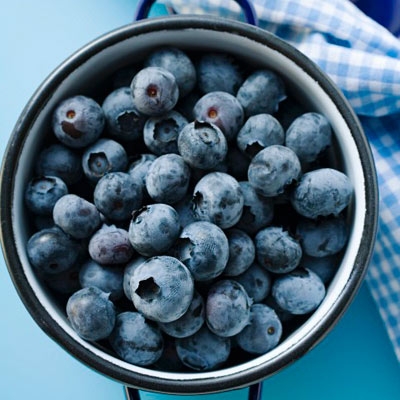
Blueberries
Blueberries
They may be little in stature, but blueberries are big on disease-fighting antioxidants and have plenty of research to back up their brain-boosting capabilities. Use this versatile fruit in a yogurt parfait, mix into whole-grain pancake batter, incorporate into a refreshing smoothie, toss them into a salad, or simply pop them in your mouth one after the other. And if you’re looking for a delicious and refreshing sip, try my Blueberry-Pomegranate Antioxidant Smoothie.

Melons
Melons
What’s summer without some sweet, juicy melon? Thanks to the high water content of watermelon, cantaloupe, and honeydew, these sweet-as-candy produce picks help to fill you up—without filling you out. Cut them up into cubes or get fancy with a melon-baller and serve as a refreshing fruit salad along with breakfast. You can also mix into low-fat cottage cheese for a filling snack or a light lunch. I like to stick them on skewers along with grapes and freeze — my kids are HUGE fans of these “frozen melon kabobs” and they’re super-pretty for summer backyard parties!

Summer Squash
Summer Squash
Unlike winter varieties, summer squash is low in carbs and calories — making it a terrific veggie to pile on your plate during the hot summer months. Zucchini and yellow squash are the most common types of summer squashes, and both are excellent sources of vitamin C, lutein, and zeaxanthin — antioxidants responsible for keeping eyesight sharp and immune systems strong. Throw them on the grill with some garlic and olive oil for an easy side dish or chop them into a pasta salad for added crunch. And if you’re looking for a clever low-calorie pasta swap, this Zucchini Linguine recipe is an absolute must-try!

Peaches
Peaches
Nothing says “summer” like a deliciously, juicy peach. Succulent and sweet, this fuzzy stone fruit is loaded with bloat-fighting potassium, skin-enhancing vitamin C, and weight-controlling fiber — three nutrients that help you feel your best on the beach. Though eating a delicious peach straight from the fruit bowl is plenty tasty, try grilling peaches to take the flavor to a whole new level. Add some vanilla fro-yo to make an indulgent dessert or toss grilled peach slices into a salad for a yummy pop of sweetness. Craving a cool treat? Whip up my Peach Tofu Smoothie.
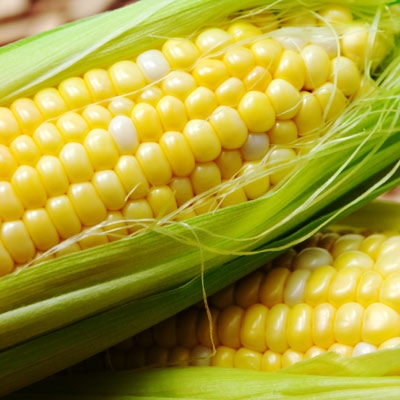
Corn
Corn
Fresh corn is a true summer classic — but is it a grain or a vegetable? This all-American favorite is typically classified as a starchy vegetable when eaten fresh, but considered to be a grain when dried (like popcorn). Either way, these versatile yellow pellets are packed with health boosting nutrients and are sure to please even the pickiest palates. I love simply grilling ears of fresh corn and spritzing them with lemon juice and cayenne pepper, but you can just as easily slice the kernels off the cob for a tasty addition to salads and salsas. Take advantage of this low-cost crop at your local farmer’s market and enjoy this fresh pick in place of your “usual” starch.
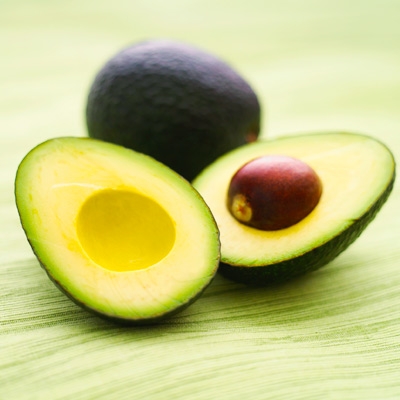
Avocado
Avocado
One of my favorite ways to enjoy this nutrient-rich superfruit (yes, it’s technically a fruit) is sliced, drizzled with lime juice, and sprinkled with a touch of coarse sea salt (skip salt and stick with ground black pepper, if you have high blood pressure). You can even use avocado in place of mayonnaise in chicken, tuna, and egg salad, or as a topping for turkey burgers and sliced over a refreshing summer salad. And although avocado is best known for its huge load of heart-healthy monounsaturated fat, it should also get kudos for packing an amazing 14 grams of fiber in each pear-shaped fruit. Give this chilly Avocado Ice Pop a try.
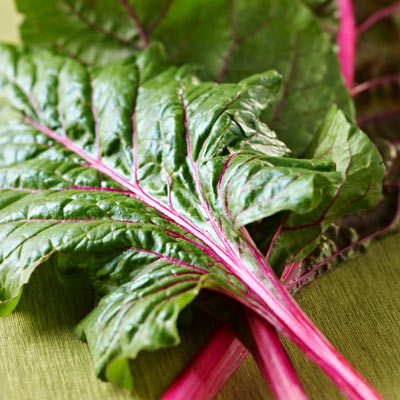
Swiss Chard
Swiss Chard
Though Swiss chard is known as a dark leafy green, it’s important to note the “rainbow” colors in the stem and veins. The reddish-purple pigments come from betacyanin, and the yellow color is from betaxanthin — two powerful phytonutrients that help fine tune your body. This potent vegetable reaches its peak in the summer, and contains a substantial amount of magnesium and potassium — minerals essential to managing blood pressure and preventing osteoporosis. Similar in taste to spinach, low in calories, and high in nutrients, Swiss chard is a great option to help round out your next meal. Try Swiss chard in a summer salad, tuck it in a sandwich wrap, or simply enjoy it sautéed with garlic and olive oil.
Looking for more slimming food finds? Check out my Top 12 Skinny Foods.
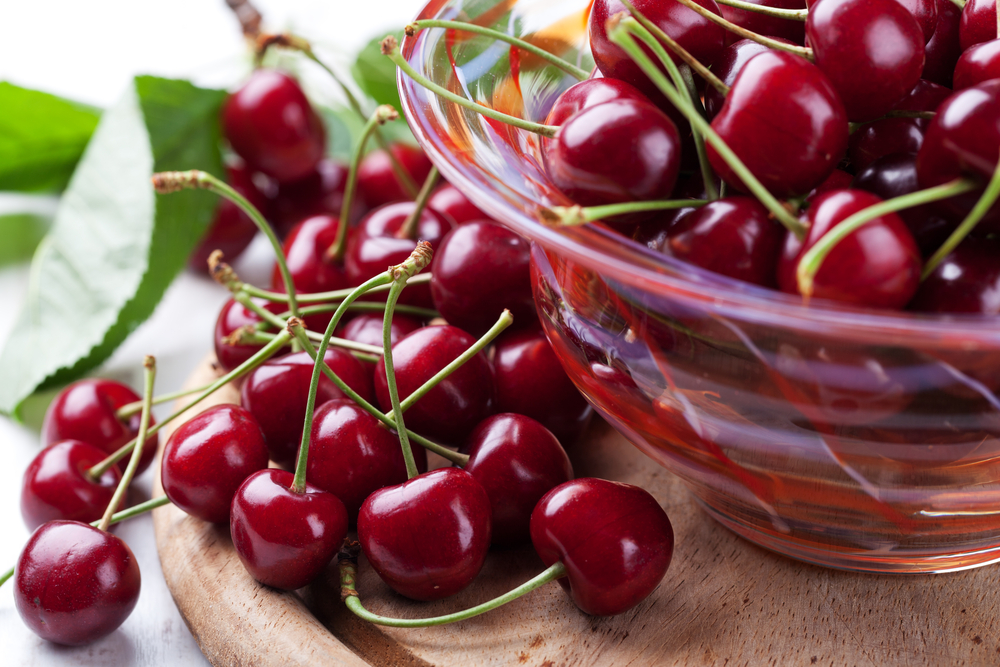
Cherries
Cherries
Portable, bite-sized, and fun to eat, cherries pack a potent nutritional punch. Rich in the antioxidant anthocyanin, these deliciously sweet gems help to fight inflammation and ease joint pain. Take advantage of them while you can – peak season is from May to August, so you’ll likely find deals at your local supermarket when cherries are abundant. For those of you lucky enough to live where these yummy jewels grow (looking at you California, Oregon, Washington, Michigan, and Wisconsin) hit the farmer’s market for the freshest (and likely least expensive) pick around. When the fresh variety isn’t available, hit the freezer section, pick up a bag and make my Cherry-Vanilla-Chocolate Ice Cream Sandwich. Fresh or frozen, this summer favorite is sure to add some sweetness into your day.

